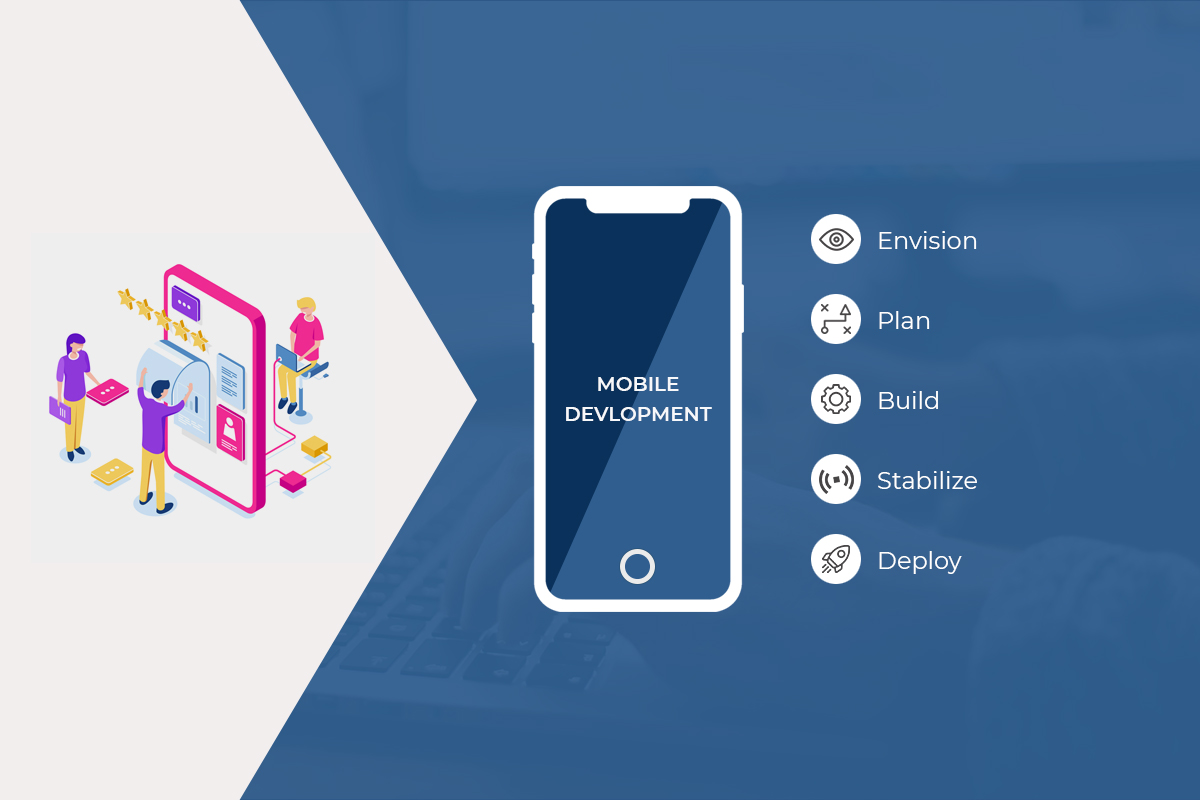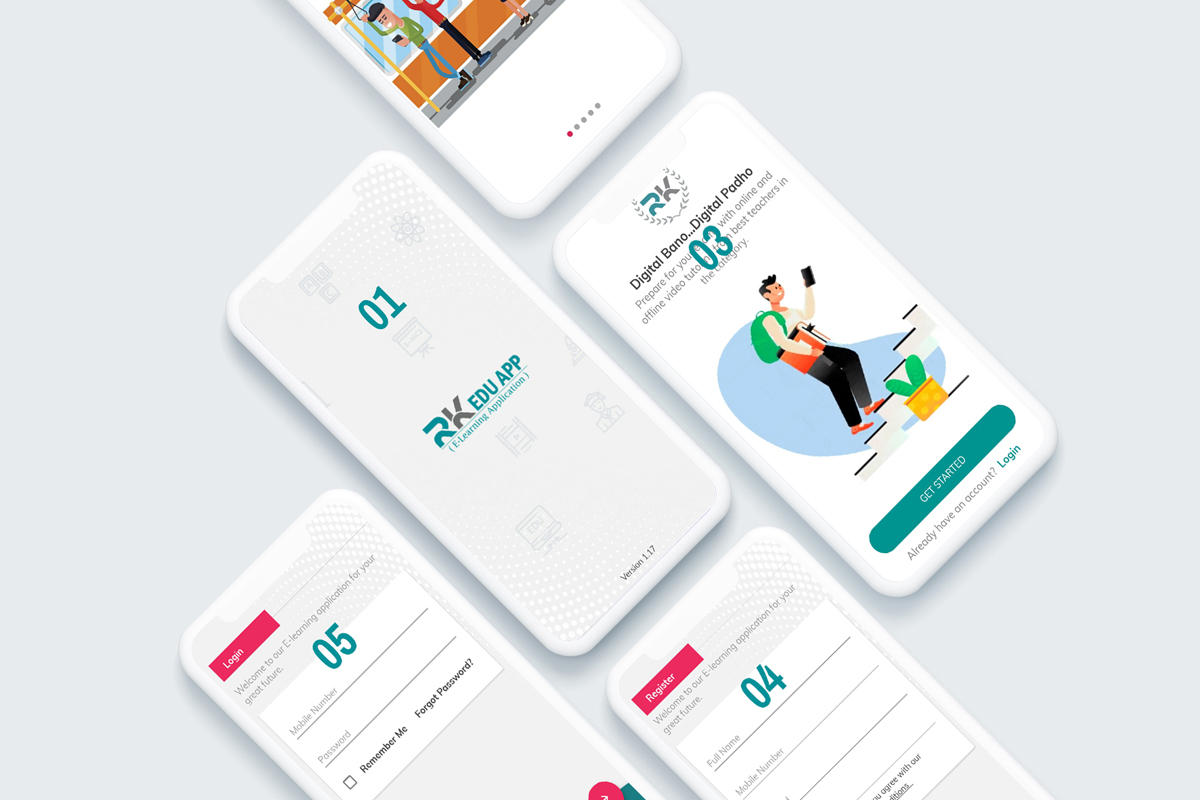Does your company have mobile apps? If yes does your company have a strong mobile app development strategy?
You might be aware that the challenges in developing engaging mobile apps are legion. As well as the numbers support your assessment. Knowing the Gartner research and statistics it is known that only 0.01% of the mobile apps are financially successful. This is not too surprising. PMI data shows that 31% of all IT projects fail to meet their stated goals, 43% go over budget, and 49% are late. Most of the IT projects as a whole suffers considerable roadblock. To face this issue, some of the companies travel the app incubator route and take a venture-style approach to development. Simply most of these companies end up spending years in navigating failures in the hope of finding the golden goose.
Normally, mobile apps don’t have to fail. And if they do there needs to be some reason for its failure.
Some of the reasons why mobile apps fail to deliver success is due to one of the them:
1. Doesn’t meet the initial vision
2. They weren’t customer driven
3. While developing the apps developers did not create actual goalposts.
These are the three challenges which can be solved at the interaction of product roadmap and mobile app development strategy. The significant thing is to create a mobile app development strategy that does not clash with the existing roadmap.
Knowing the roadmap and mobile app development strategy To create and develop any mobile app you need to have a vision, proper roadmap and a mobile app development strategy.
Building your mobile app and product vision is the top level overview of what you look forward to achieving from your mobile application. The mobile app strategy is all about what your app can do, perform, how it’ll work and what it’ll look like. The framework says it all. Lastly, your product roadmap portrays the development stages which the app needs to undergo to meet your vision and successfully incorporate your mobile app development strategy.
While planning your mobile app development strategy be sure to be careful about how the roadmap plays a role. Both of these interact and combine on large scare with a high level of strategies. Your development strategy should use your roadmap as a springboard to define iterations.
So when we talk about roadmap and mobile app strategy, things get a bit tricky as they touch on some similar points. Both of them need SWOT analysis, both define horizon and granular details and both outline the steps your development team will take during the development process. So, obviously, any minor frictions between both will result in confusion and ultimately, a product with reduced user functionality.
To prevent this from occurring, you must construct an optimal mobile app development strategy that takes into account your unique value proposition (UVP).
Question is how do you create a mobile app development strategy?
Here are the 5 steps to a successful mobile app development strategy
1. Envision:
The first step is to identify roadblocks and create a mid-horizon goal for your app. This is where your vision and roadmap intersect. Use them as a springboard for development. If your roadmap is incorporated directly into your development strategy, you align them both with your vision framework and UVP.
2. Plan:
During the planning phase, you’ll want to address UX, UI, and architecture goals. Think about the features you want and incorporate them directly into your plan. This is the guiding document for the build stage, so make sure that you completely map out your app here.
3. Build:
In this phase, you build the app using the above plan. You can use agile, waterfall, SCRUM, or any variation of dev methodology to create the app. Generally, the development stage can be customized for your team. At Entrance, we leverage agile-based sprints with rapid iterations and constant feedback loops. But, this is a highly personal choice.
4. Stabilize:
Once your app is built, you need to ensure that it’s deployable. QA testing and validation play a critical role during this stage. During the “stabilize” phase, you’ll want to examine your product roadmap to ensure that the app meets all of your company’s defined goals, features, and standards. For example, will it work on a diverse range of devices and OS platforms? If not, send it back to your development team for more iterations.
5. Deploy:
Despite popular belief, deployment is the most difficult stage. Not only do you have to launch the app, but you also need to embrace change management, prepare for disruptions, and continuously release updates and patches.
Are You Ready to Build Your Perfect Mobile App?
Creating a mobile app development strategy that doesn’t impact your long-term vision and product roadmap isn’t always easy. But, you have options. Digiture designs best-in-class mobile apps using agile-driven mobile app development strategies. To learn more about how we can help you create the perfect app for your unique needs, contact us.
Comments are closed.


















